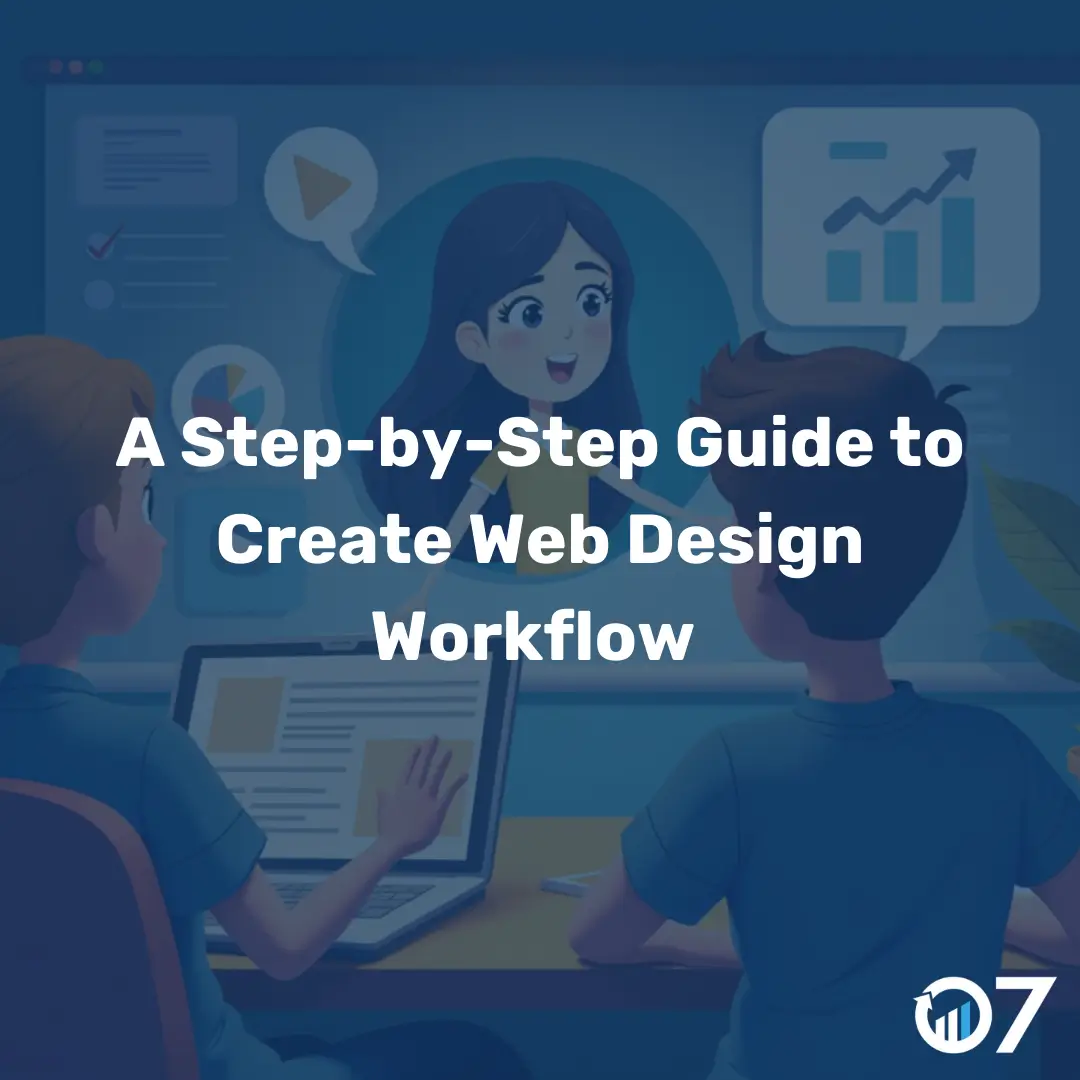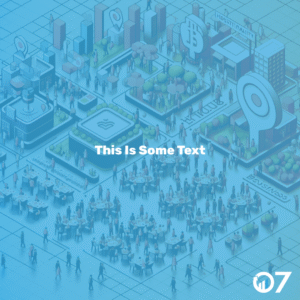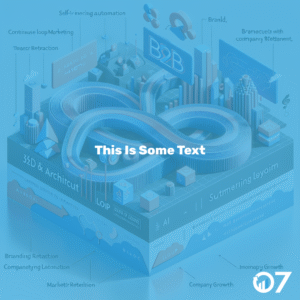When you create a web design workflow, you streamline your process, making it more efficient and effective. This guide will walk you through each step to ensure your projects run smoothly and deliver outstanding results.

When you’re an expert at something, it’s easy to operate on autopilot. Consider how you drive a car — you don’t think, “Put your hands on the wheel. Hit the gas pedal. Turn the wheel.” You do it automatically because of how frequently you drive.
However, when it comes to web design, a structured workflow can make a world of difference. It ensures consistency, saves time, and improves the quality of your work. Whether you’re a seasoned designer or just starting, having a clear workflow can help you stay on track and deliver projects on time.
Understanding the Basics of how to Create Web Design Workflow
A web design workflow is a series of steps that guide you through the entire design process, from initial planning to final launch. It involves several stages, each with its own set of tasks and deliverables. By following a structured workflow, you can ensure that nothing falls through the cracks and that you meet your clients’ expectations.
Step 1: Initial Consultation and Planning
The first step in creating a web design workflow is to have an initial consultation with your client. This is where you gather information about their business, goals, target audience, and any specific requirements they may have. It’s essential to ask the right questions and listen carefully to their answers.
During this stage, you should also conduct a thorough analysis of the client’s current website (if they have one) and their competitors’ websites. This will give you a better understanding of the industry landscape and help you identify opportunities for improvement.
Once you have all the necessary information, you can start planning the project. Create a detailed project brief that outlines the scope of work, timelines, and deliverables. This document will serve as a roadmap for the entire project and ensure that everyone is on the same page.
Step 2: Wireframing and Prototyping
With the project brief in hand, you can move on to the wireframing and prototyping stage. Wireframes are simple, black-and-white layouts that outline the structure and functionality of the website. They help you visualize the layout and ensure that all the necessary elements are in place.
Once the wireframes are approved by the client, you can create a prototype. A prototype is a more detailed, interactive version of the wireframe that allows you to test the user experience and gather feedback. This stage is crucial because it helps you identify any potential issues before moving on to the design phase.
Step 3: Design and Development
The design and development stage is where your vision starts to come to life. Using the wireframes and prototype as a guide, you can create the visual design of the website. This includes choosing colours, fonts, images, and other design elements that align with the client’s brand.
Once the design is approved, you can start the development process. This involves coding the website and implementing all the necessary features and functionalities. It’s essential to follow best practices for web development to ensure that the website is fast, responsive, and accessible.
Step 4: Testing and Quality Assurance
Before launching the website, it’s crucial to conduct thorough testing and quality assurance. This involves checking for any bugs or issues and ensuring that the website works seamlessly across different devices and browsers. It’s also a good idea to get feedback from the client and make any necessary adjustments.
Step 5: Launch and Post-Launch Support
Once the website has passed all the tests and received final approval from the client, it’s time to launch. This involves transferring the website to the live server and making it accessible to the public. Be sure to monitor the website closely during the first few days to ensure that everything is working as expected.
After the launch, provide post-launch support to the client. This includes addressing any issues that may arise and making any necessary updates or changes. It’s also a good idea to provide training to the client so that they can manage and update the website on their own.
Conclusion
Creating a web design workflow is essential for delivering high-quality projects on time and within budget. By following a structured process, you can ensure that nothing is overlooked and that you meet your clients’ expectations. If you need further assistance or have any questions, feel free to explore our blog or contact us via email at info@07hm.co.uk or telephone 01702 410663.





